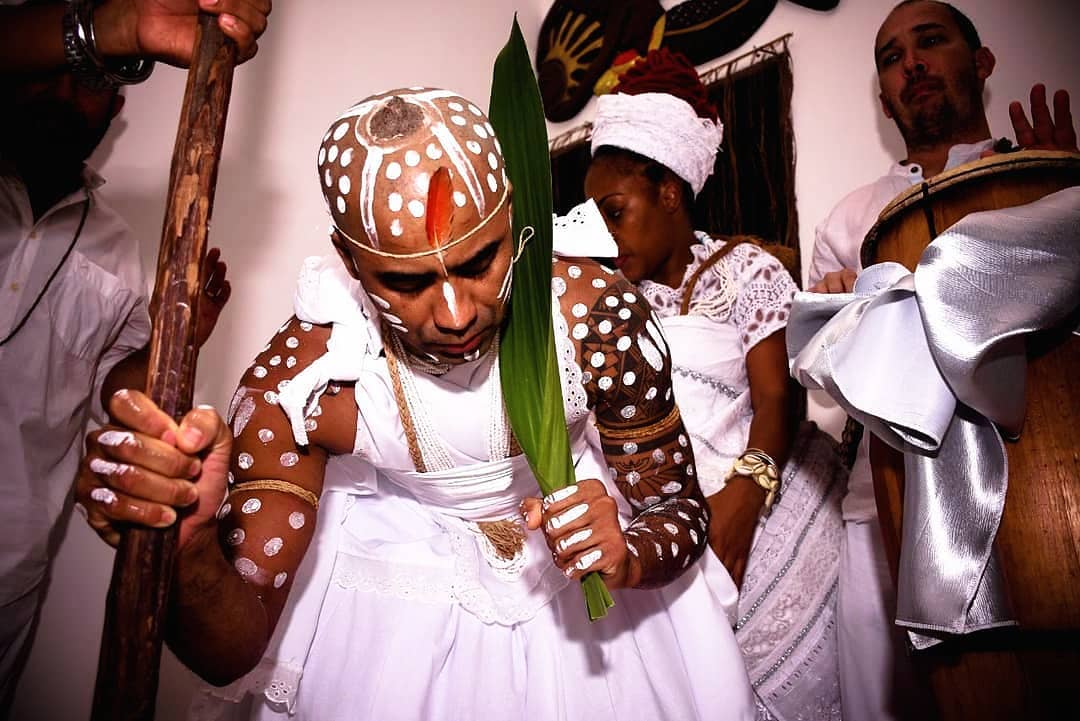
The Òrìsà Worshippers Of Yoruba Deities In Brazil
In Brazilian cities such as Salvador, the first colonial capital of Brazil, the Yoruba influence, dating back to the Trans-Atlantic Slave Trade, is still much tangible. This gives birth to the Òrìsà-worshipping people of Brazil.
Salvador, Bahia state, is one of the many Brazilian areas influenced heavily by West African Slaves, birthing traditional worship of Yoruba gods, festivals and food.
The African slaves from the west, carried along with their Yoruba religion with them when they were brought to Brazil. This religion is referred to as Candomblé by Afro-Brazilians — a religion that seeks harmony with nature.
It is a fusion of African religions combining Yoruba, Fon, and Bantu cultures but largely dominated by Yoruba Òrìsà worship. The worship of this religion is carried out in religious centers called terreiros. At the hem of affairs are priestesses, known as or priests, pais de santo(father of saints). The gigantic statues all around the temples are called the orixás (African gods) that accompanied the slaves from Africa to Brazil.
Mode of Òrìsà/orixá worship
Afro-Brazilian worshippers cherish these gods and have been doing so for over 500 years. Somehow, they realized the fusion of Catholicism with this traditional worship, doctrines, and beliefs. In the religious ceremonies, worshippers dress in the colors of the orixás (white) and place food at the altar before singing special songs and dancing precisely choreographed steps to the sacred drums.
During the ceremonies, worshippers fall into all kinds of trances, which they believe is caused by the contact and interaction they have experienced with the deity. The Ooni of Ife frequently visits Brazil for the celebration of Yoruba festivals.
There are other variations of African traditional worship across Brazil, and this reflects the different beliefs brought by different groups of slaves from Africa.

